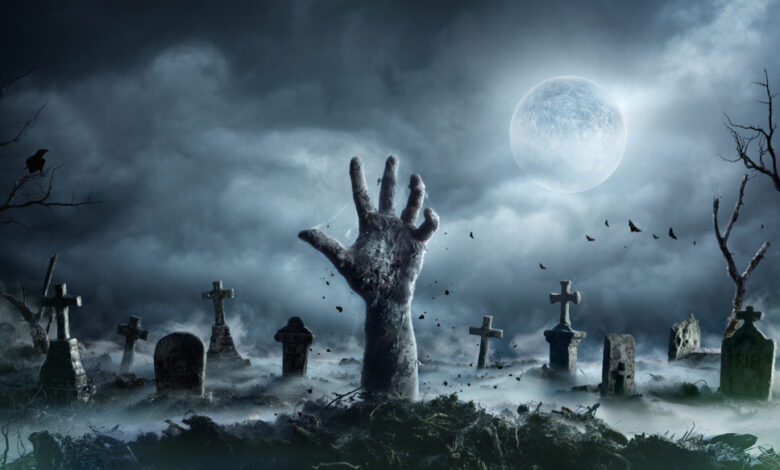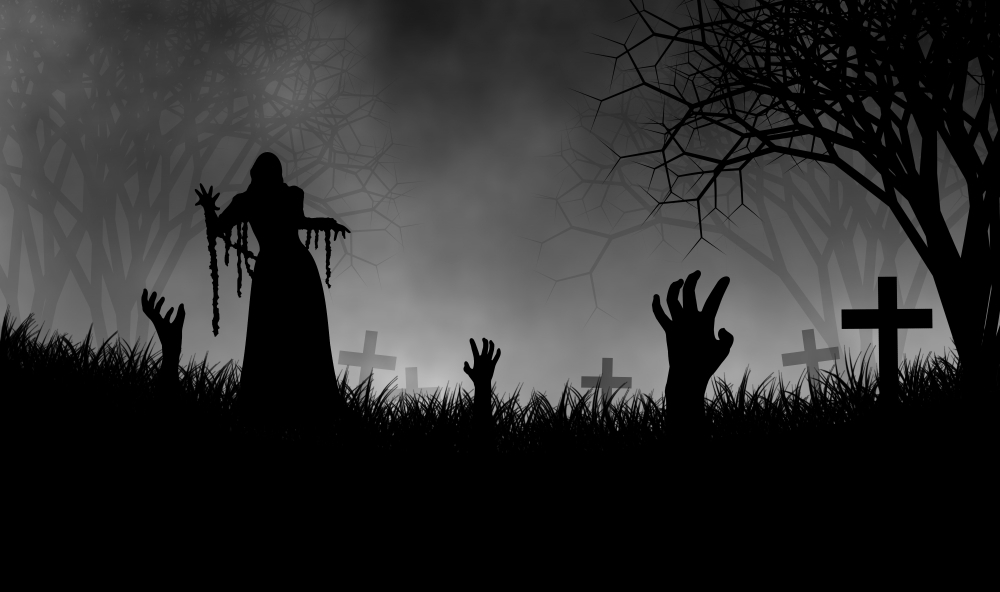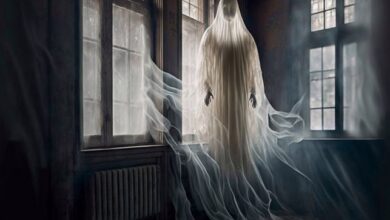Ancient Italian Graveyard Found Filled with Alleged Zombies

Belief in life after death generally goes hand in hand with belief in the undead – they can be bodyless ghosts or corpses whose spirits have not moved to the afterlife by choice or by curse. Many cultures have more than one form of the undead – zombies and vampires tend to get the most movie roles. Belief in the undead can be plotted historically against times of disease and pandemics – particularly those whose means of spreading are unknown and are therefore blamed on the dead. This is especially true in times when graves were scarce and gravesites were often reopened to add more corpses – resulting in the living witnesses seeing the frightening aftereffects of decomposition. It was just such a time in Italy in the 5th century CE when a cemetery was filled with the remains of babies, children and puppies – buried in unusual manners that suggest their families feared they would return.

One such body discovered by archeologists in 2018 was named the “Vampire of Lugnano” because of the brick found in the mouth – a sign of vampire fears. Archeologist have continued to study this La Necropoli dei Bambini – the Cemetery of the Babies – and now believe the families feared their children would return as another form of the undead – the revenant. The methods they used to keep these ‘revenants’ in their graves far surpass those used for vampires. Why were these poor children so feared, what were the preventative methods used … and why were they buried with puppies?
“I’ve never seen anything like it. It’s extremely eerie and weird.”
In 2018, David Soren, an anthropology professor at the University of Arizona, led archaeological excavations at the archaeological site of Poggio Gramignano. This ancient Roman villa dates back 1600 years to the end of the Western Roman Empire – a time when Christianity had taken hold in the area. Something else must have taken hold as well – one child in the cemetery was found buried with a rock in their mouth (the gender of the child was not known). At the time, Soren and his team assumed the child was feared to be a vampire since this was a common way to prevent the corpse from rising out of the grave to bite and infect the living. Infect with what? At the time, Soren believed the child, along with the many of the others buried in the Cemetery of the Babies, had died from malaria. An abscessed tooth was a sign of malaria – and probably led the families and neighbors to fear their mouth and teeth. While the locals and the media referred to the child as “Vampire of Lugnano,” the archeologists were finding evidence that something else may have been feared, and the excavations continued and spread to other sections of the cemetery.
“We know that the Romans were very much concerned with this [the spread of disease] and would even go to the extent of employing witchcraft to keep the evil — whatever is contaminating the body — from coming out.”
When it comes to fear of the unknown, desperate people will turn to whatever religious beliefs work best. As the archeologists continued to dig, they found babies and children buried with raven talons and toad bones. One girl’s body was held down with stones placed on her hands and feet to prevent her from rising up. And some graves contained bronze cauldrons filled with the remains of sacrificed puppies. What was the reason for that?
“(Dog burials) are often associated with children as tomb protectors and puppies would have been an especially lively and fresh sacrifice with perhaps more potency for remedy for the community.”
In a recent update to the research, Soren told Live Science that healthy dogs and especially puppies were believed to be beneficial in keeping the corpses at bay. Raven talons, dead dogs, heavy rocks on hands and feet – those don’t sound like the usual vampire protection plans. Soren agreed – he believes the townspeople of Lugnano in Teverina feared something far worse.
“There was tremendous fear of revenants and of mysterious forces [such as witches] who might harness the spirits of the dead for their own devices.”
“Revenant” comes from an Old French word meaning “returning” or “to come back” and was the ancient name for a corpse believed to have been revived from death and reanimated to roam amongst the living – to kill them violently or to infect them with whatever had horrifically ended their own life. Stories of revenants and their later form – zombies – in Europe date back to Old Irish Celtic and Norse mythology, and they survived the onset of Christianity to move to the Middle Ages and still remain with us today. While some historians and folklorists use the word revenant to mean ‘ghost’, most attribute it to tales of walking undead corpses. Revenants were given the powers to kill and also to capture the souls of the living. The Norse draugr or aptrgangr (“again-walker”) had superpowers and were difficult to kill again. Some cultures, particularly in Scandinavia and Eastern European countries, believed the revenants drank blood – thus linking them to the legends of the vampires.
“Stones in the mouth or over the body to weigh it down were seen as apotropaics [having the power to avert evil] to protect the as yet unaffected community.”

One thing the archeologists still agree on is that the children buried in the cemetery died from or at least suffered from malaria. Neither witchcraft nor Christianity nor any of the religions of the fast-fading Western Roman Empire could fight off the mysterious disease with no visible means of spreading – the fever, exhaustion, vomiting, jaundice, seizures, coma, and death were not linked to infected mosquitos until centuries later … as was its role in the fall of Rome.
We now have the knowledge of the mosquito-borne parasitic cause of malaria. We have ways to control mosquitos and fight the disease. Yet it still persists and many, including children, still die as the did in the 5th century. Most people don’t believe in vampires of the undead kind. However, some still act like revenants or zombies when it comes to using modern medicine and techniques to control malaria. Are the bloodsuckers of today the mosquitos or the leaders who hold back the means of prevention?
Remember La Necropoli dei Bambini.




